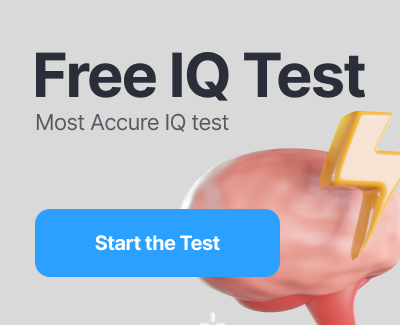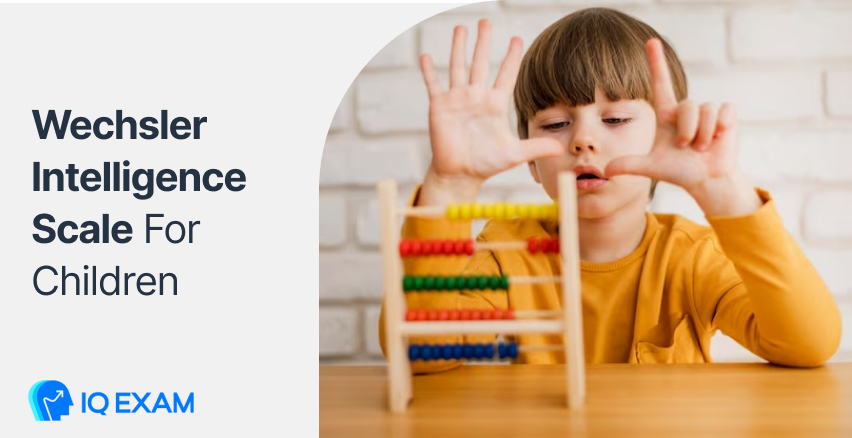
Have you ever heard of specific intelligence tests for children? One of children’s most common IQ tests is called “Wechsler Scale.”
This test is among the most used tools to measure the intelligence of children between 6 and 16 years old and is considered the gold standard intelligence test because it’s an important part of every psycho-educational evaluation.
People use this kind of test to measure how intelligent their children are, and the WISC test provides realistic results of children’s weaknesses and strengths that determine how they will perform in school and life.
However, the Wechsler scale is not always the main source to say someone is intelligent or not because what is important is the IQ, which is the “Full-Scale IQ.”
If you need more information about the Wechsler Intelligence Scale for Children, this article is for you because we are going to discuss important aspects of this test, which help you better understand and use WISC tests.
What Is the Wechsler Intelligence Scale For Children?

The WISC test is an IQ test used for children aged 6 to 16 administered by schools and psychologists. The latest version of the Wechsler test, which is WISC-V, was released in 2014.
The purpose of using this test is to determine if a child is gifted or not; it also helps parents and schools understand a child’s cognitive strengths and weaknesses.
The Wechsler test includes different subtests that may be given online or in one-on-one settings, depending on the reason your child is taking the test.
The full exam usually takes 60 to 80 minutes, which depends on the number of primary and secondary subtests.
What Are the Older Versions of the Wechsler Intelligence Test?

As mentioned earlier, the most recent version of the Wechsler test is called WISC-V; however, older versions, such as WISC-IV and WISC-III, may still be given to children.
A psychologist determines what kind of test is the most appropriate one for a child based on their age range, and he/she will continue asking the child questions until he misses 4 or 5 in a row.
It is good to know that an IQ test is not the same as an achievement test, so studying for a test like the WISC is harder than it may seem.
What Index Does a WISC Test Measure?
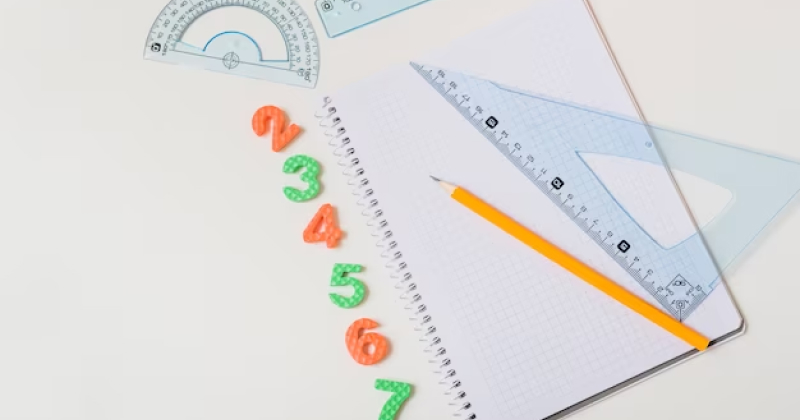
There are five indexes that a Wechsler test measures, which are as follows:
Verbal reasoning
Verbal reasoning is the knowledge of understanding words and using them correctly while considering concept formation, expression, and reasoning.
Visual spatial
It means being able to see visual details, understanding the distinguishing between parts and a whole, understanding spatial relationships, and more.
Working memory
Working memory is the ability to concentrate, save information in mind, and being able to work with that information in mind, which includes visual and auditory subsets.
Processing speed
This includes the processing speed and accuracy of visual scanning while identifying short-term memory and visual objects.
Fluid reasoning
Fluid reasoning is defined as understanding the relationship between visual objects and applying that information and knowledge using specific concepts.
Note that each of these scales represents a specific ability of children’s academic performance.
What Are the Characteristics of the WISC Test?
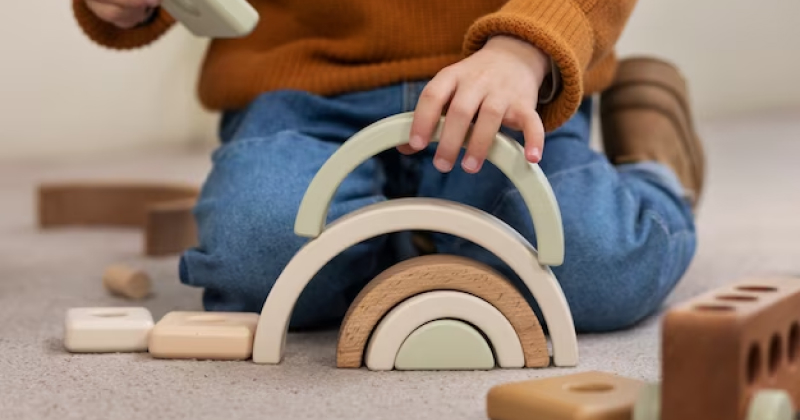
The Wechsler test has some key features that help you better understand what this test is and how it works.
It measures different cognitive abilities
As mentioned earlier, the WISC test measures several cognitive abilities, such as working memory, verbal reasoning, fluid reasoning, etc. It means that this test is a comprehensive assessment that helps better identify a child’s strengths and weaknesses.
The test is valid
This test is reliable and valid because it has been extensively researched, which means it provides consistent and valid results.
It is standardized
Note that this test has been administered to a large group of different children, and the final results were analyzed to create the norms. A standardized test such as Wechsler allows the test takers to compare the results of a child to his/her pair to provide a better picture of their abilities and academic performance.
These are some of the important features of the Wechsler intelligence test that can provide valuable and helpful information about children’s educational lives.
However, you need to note that this test is one tool in a bigger evaluation process that needs to be used along with other assessments for more detailed and exact results.
What Are the WISC Test Subtests?

The number of WISC test subtests depends on which type of exam you are given, but there are 17 subtests that can be administered on this test, which are “10 Primary Scale Subtests” and “7 Primary Full Scale IQ,” also known as FSIQ.
Generally, the most common subtests are as follows:
1- Verbal comprehension (Primary and FSIQ)
This is about vocabulary skills and is the ability of your child to provide meaningful definitions of words.
2- Verbal comprehension (Primary and FSIQ)
It includes the skills of comparing two different things that are related to each other. In other words, your child will be asked to find similarities between things.
3- Fluid reasoning (Primary and FSIQ)
One part of this subtest includes Matrix reasoning, which means your child’s ability to choose the best option among five pictures that will complete the photo sequence.
4- Visual spatial (Primary and FSIQ)
The block design is a type of visual-spatial subtest that is the ability of your child to use color blocks and make the final model shown in a picture.
5- Visual spatial (Primary and FSIQ)
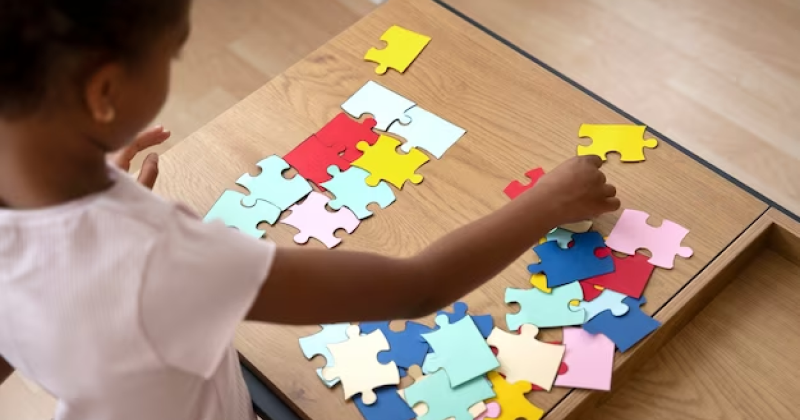
Visual puzzles are another type of subtest that is defined as the children’s ability to select one set of three images that complete the final puzzle in a picture.
6- Fluid reasoning (Primary and FSIQ)
Fluid reasoning or figure weights is the ability to select a photo while looking at a scale that is the best option to valance the scale.
7- Working memory (Primary and FSIQ)
Working memory, also known as digit span, refers to children’s ability to repeat a digit sequence that has been read aloud by the test taker.
8- Processing speed (Primary and FSIQ)
One of the common types of processing speed is called coding and is the ability to copy specific symbols and items that perfectly match a number code.
9- Processing speed (Primary)

Symbol search is another type of processing subtest for the WISC test and determines your child’s ability to identify specific symbols among various options.
10- Working memory (Primary)
Picture span is the ability of your child to remember photos that were shown before correctly.
These are the most common subtests of the Wechsler test; finally, remember that your child’s age also affects which subtest he/she will receive.
Wechsler Intelligence Test Age Range

As mentioned before, your child’s age is one of the factors that determine which type of WISC test they will receive.
Understanding the age band for this test can be complicated; note that there are three WISC tests for different ranges, which are as follows:
- 6 to 7 years: children in elementary school
- 8 to 12 years: children in middle school
- 13 to 16 years: children in late middle school to early high school
Keep in mind that if your child is 17 years old or older, they can not take this test; instead, they are qualified to take the Wechsler Adult Intelligence Scale (WAIS).
FAQs
1- Is it true that no one can prepare for a test like WISC?
No, it’s not true; psychologists believe that when children practice for such a test, they will be exposed to testing materials, which can affect the final results.
2- How accurate is a WISC test?
As you may know, the Wechsler test has changed over the years and has become more comprehensive and detailed, so the latest version, which is the WISC-V is very accurate.
3- What is the most common version of this test?
The most common version of the Wechsler test is WISC-V, which was released in 2014.
The WISC-V is the most current version of the exam. It was released in 2014.
Conclusion
The Wechsler Intelligence test is among the most useful tools to evaluate children’s educational and academic performance at different levels.
In this article, we fully examined what the Wechsler test is and discussed its common subtests; however, it’s beyond the scope of this article to dig into every subtest and aspect.
We hope this article helps you understand this test so you can better prepare your child for such a test.
